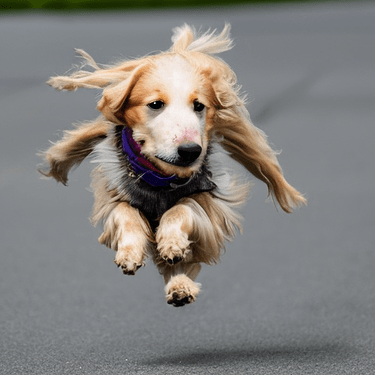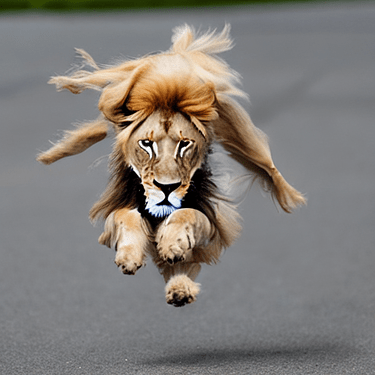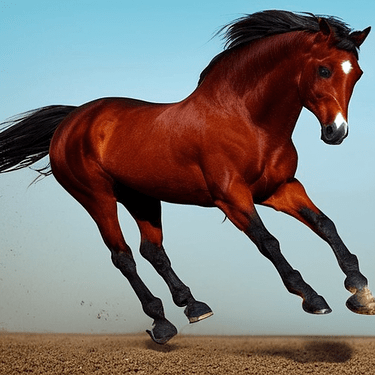Here are my results after working the whole week on the DiffEdit paper. Thanks also to @aayushmnit, @KevinB, @_lucas and @Fahim for sharing their progress. I’m will post the code later this week. The only different approach in my implementation was to use directly gaussian noise on the input image latents, without using the scheduler. The inpainting is done using the StableDiffusionInpaintPipeline.
First edit is a dog running to a lion running
Then the usual horse to zebra
A bit more difficult one, Kangaroo with sunglasses to Zebra with sunglasses





